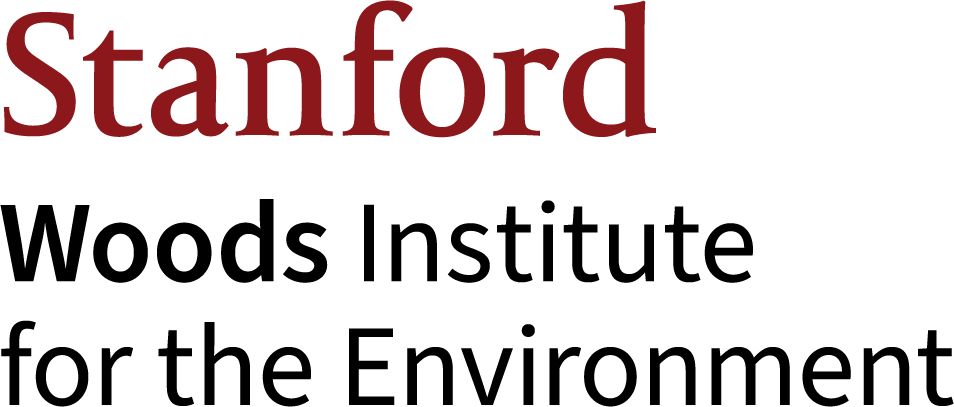Sustaining the Upper Colorado River
Funding Year: 2021
Research Areas: Freshwater
Regions: North America
The Colorado River basin supplies water to 40 million people and 5.5 million acres of farmland, and it provides critical in-stream and riparian habitat. Yet, water law historically reserved no water for riverine ecosystems. Today, the basin’s rivers routinely run so low that severe ecological damage to fish habitat occurs, with 44 of 49 native fish species endangered, threatened or extinct. Buying water to protect ecosystems through private water rights transactions – a proven market mechanism to restore river flows – entails conservation buyers pursuing individual water sellers on a mostly ad hoc basis instead of exercising an optimal, cost-effective regional strategy. This project aims to deploy a novel ecohydrologic-economic-legal model that optimizes ecological preservation. The model identifies the most beneficial set of surface-water market transactions for ecosystems in the Upper Colorado River basin. Focusing on Colorado, this model will inform water-rights markets and help conservation organizations to maximize fish habitat restoration with their existing financial budgets. The model is the first basin-scale tool for optimizing environmental water market spending in the U.S., enabling transformation of these markets from localized, opportunistic purchases to optimized investment strategies. Indeed, this project comes at a critical time. As the Colorado River continues to experience extreme water scarcity, states are contemplating a new market-based program for interstate water deliveries under the Colorado River Compact.
Learn more about the Realizing Environmental Innovation Program and other funded projects.
Principal Investigators:
Steve Gorelick (Environmental Earth System Science)
Buzz Thompson (Law)


